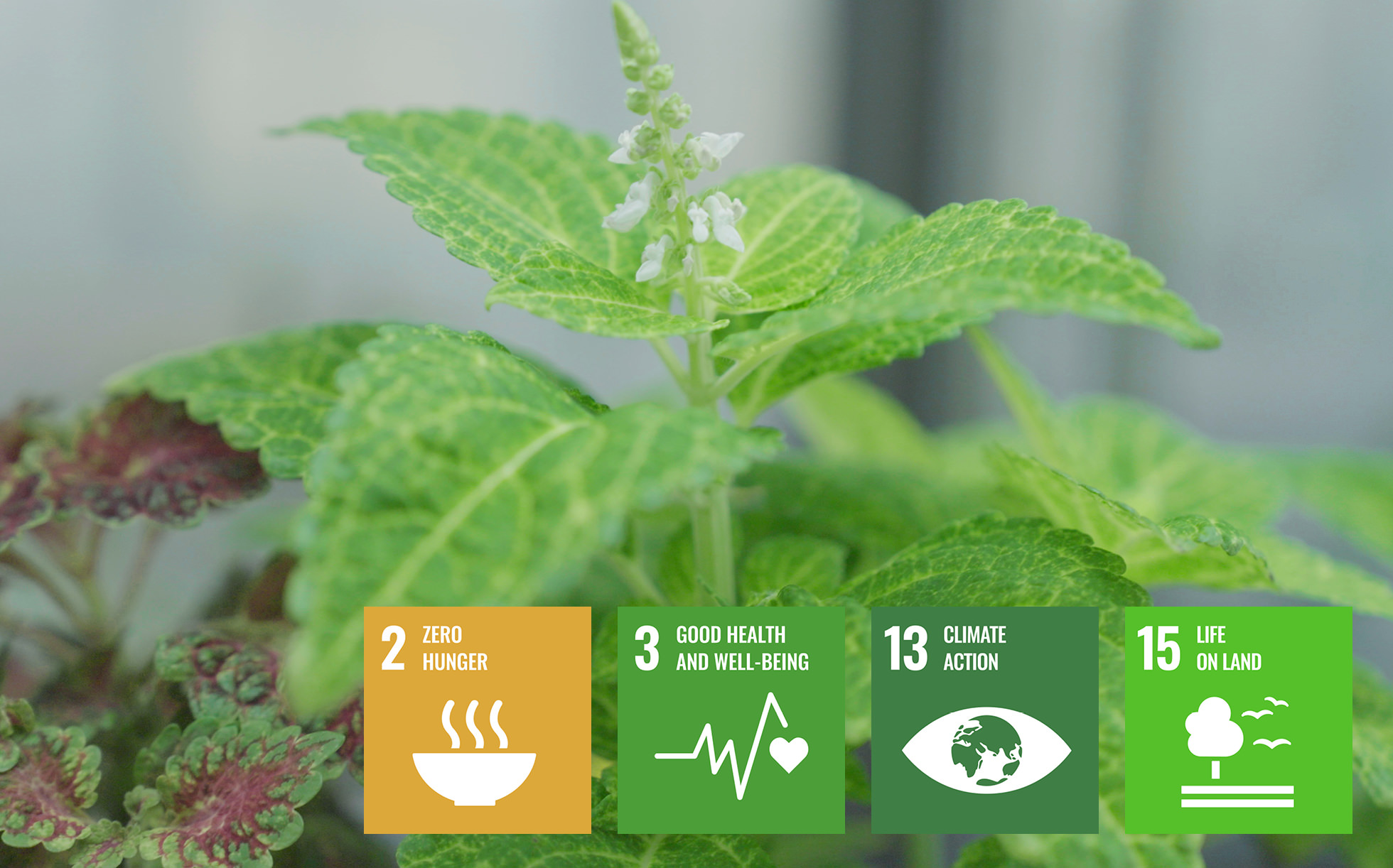
From combating climate change to strengthening food security and advancing medical science, understanding the plants around us is key to creating a sustainable society. Through millions of years of evolution, plants have mastered the art of adaptation, leading them to adjust to environments like blazing hot deserts and places of extreme cold. By delving into plant cell biology to find out how plants response to stress, researchers are uncovering solutions within their complex cells, with Nikon microscopes playing a vital role in seeding these discoveries.
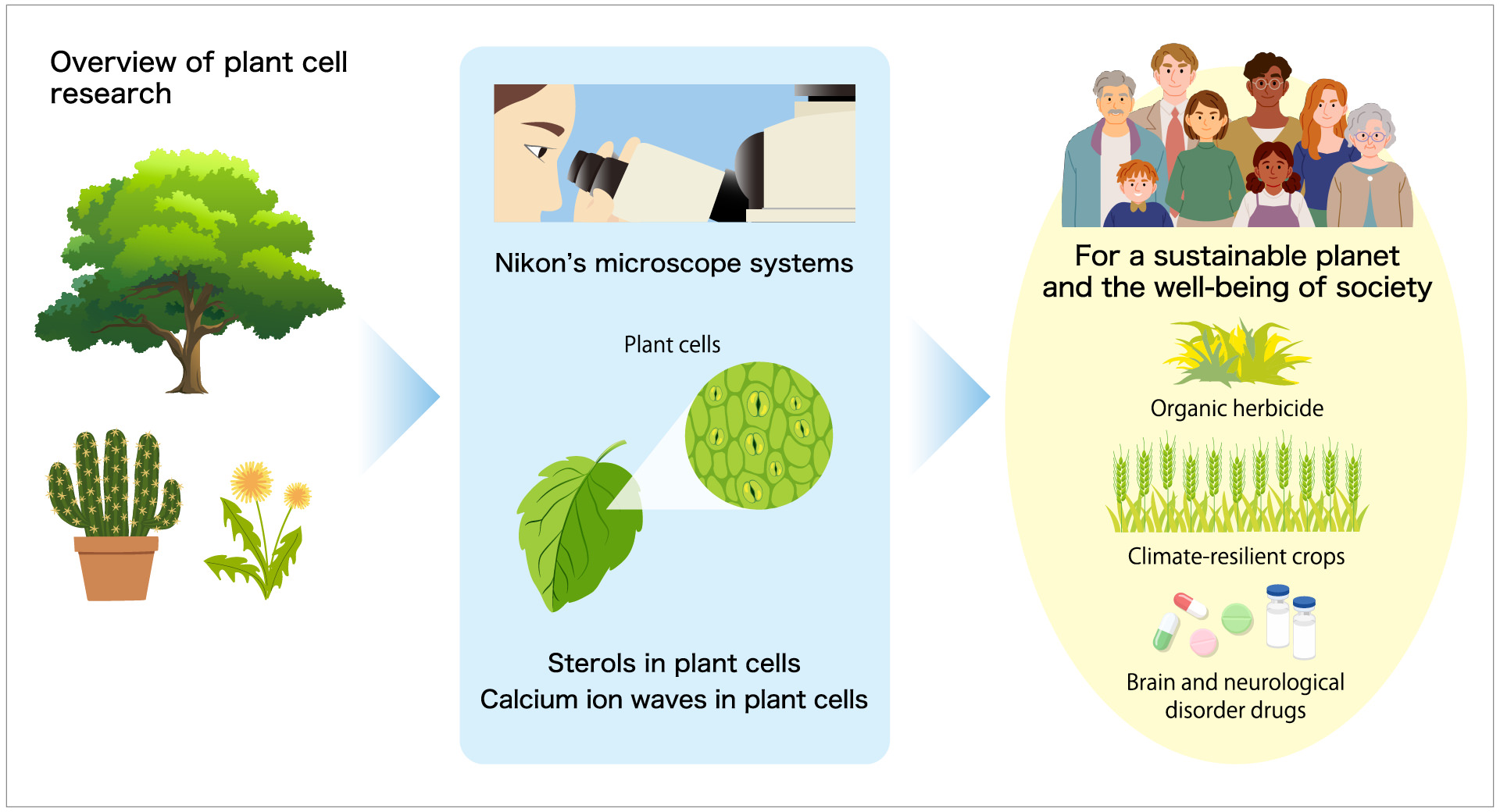
Inside the secrets of plant cells

Director of the Microscopy and Imaging Center,
Assistant Director of the Nikon Center of Excellence,
and Director of Griffing Biologics LLC.
Associate Professor
Dr. Lawrence Griffing
*Position and affiliation mentioned are as of the time of the interview.
Professor Lawrence Griffing conducts research on plant cells at Texas A&M University (TAMU) located in College Station, about a 90-minute drive from Houston, Texas.
“We study essential molecules for building cell membranes, called sterols,” explains Professor Griffing. Sterols are fat-like molecules that support the building and maintaining of cell membranes — the flexible barriers that surround and protect cells. “Understanding their pathways can shed light on how plants regulate their cells and adapt to environmental stress, potentially revealing new strategies for improving plant resilience,” notes Professor Griffing.
His work also involves using microscopes to examine various other parts within plant cells. Among these, the organelle called the endoplasmic reticulum (ER), plays one of the most important roles. The ER connects organelles responsible for various tasks, through connection points known as contact sites.
“We have found that when you shine light on a contact site with a microscope, it causes a wave of calcium ions to travel into other nearby cells. As this wave moves through the cells, it causes other organelles connected to the ER to change their metabolism. This process helps plants adapt to their environment, grow properly, and stay healthy,” explains Professor Griffing.
hese microscopic discoveries may lead to solutions to some of our biggest challenges, and they are already transforming the way agriculture is carried out.
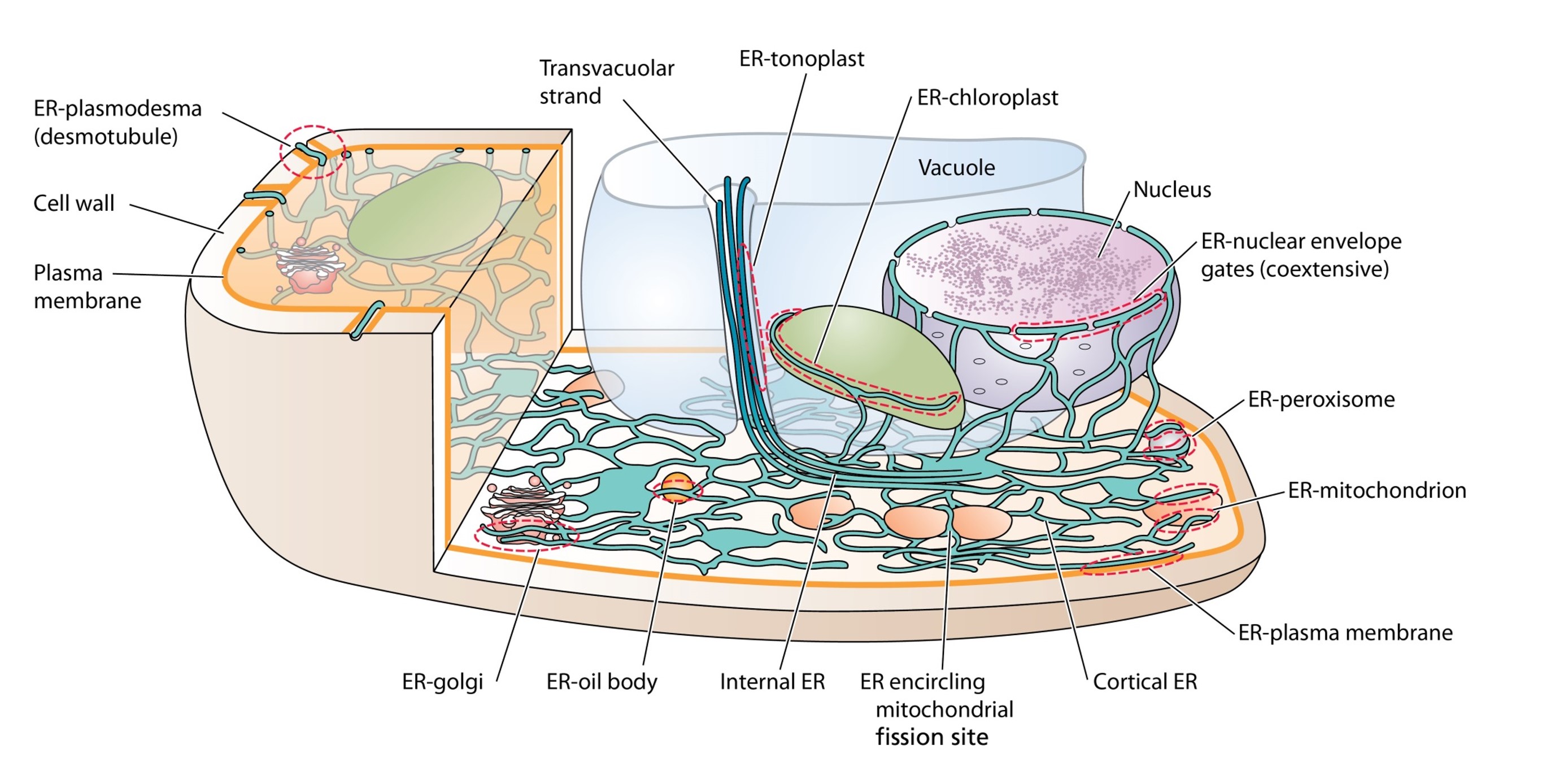
Tackling global challenges with plants
“There is a lot of plant biology that goes on ‘behind the scenes’ in agribusiness. For one, developed through our research on sterols, we are working on a non-toxic, effective organic pre-emergent herbicide that will allow farmers in organic farming to raise crops at a much lower cost than conventional alternatives,” shares Professor Griffing.
This low-cost herbicide halts weed growth without harmful chemicals , preventing weeds from developing. By supporting sustainable, cost-effective, and eco-friendly organic farming, it helps to strengthen our food security. Beyond agriculture, it also benefits the cultivation of organic plants used in medicinal treatments, including pain relief and cancer therapies. In turn, this contributes to making essential medications
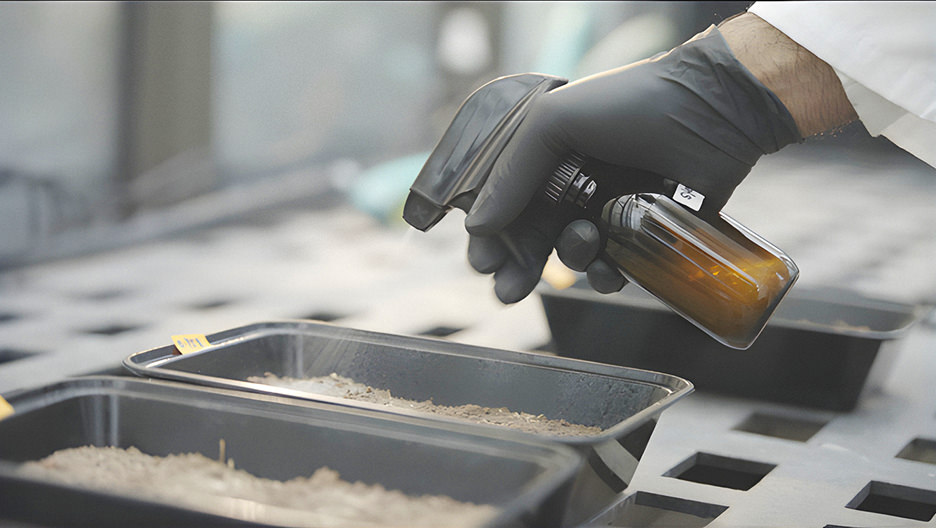
more accessible and affordable, supporting global health and well-being.
As the global population is projected to reach 10.3 billion by mid-2080* and with drastic climate changes, the demand for sustainable agricultural solutions will only grow. When we understand how plant cells protect themselves from stress, we can help crops become naturally more resistant to conditions like drought and extreme cold. This means farmers will be able to harvest food more reliably and stably.
The cellular processes being studied are happening right now in every plant around you — from the trees lining your street to the vegetables in your garden. Understanding these processes is not just about scientific discovery; it is also about creating a blueprint for sustainable agriculture that can feed our growing population while protecting our planet.
- *World population projected by the United Nations as of June 2025. (https://www.un.org/en/global-issues/population)
Viewing plants in action with advanced technology
At TAMU, students and researchers utilize various Nikon microscopy systems in their daily work. The AX R confocal microscope, which captures detailed images and fast-moving processes, and AX R multiphoton microscope, which enables deeper imaging of live cells and other thick tissues, are crucial for plant cell research, such as three-dimensional imaging including that for observing calcium ion waves spreading through cells.
“Both the Nikon AX R confocal and AX R multiphoton microscopes provide high speed, high resolution, and a wide field of view. With the AX R confocal microscope, we can see the spread of the calcium ion waves through multiple cells and even in high resolution,” explains Professor Griffing. “The wide field of view of the AX R confocal microscope allows us to look at a complete area of tissue in one shot. So, we can understand how all these movements are coordinated,” he continues.

And with the AX R multiphoton microscope, we can also photostimulate* plant cells using far-red light, avoiding the damage typically caused by UV light,” he goes on to say. He also explains that “This is important, because for plants, exposure to UV light can negatively impact growth, photosynthesis, and other factors. Far-red light, on the other hand, is a safer alternative for stimulating plant cells. This research is anticipated to bring insights into plant adaptation to environmental changes.”

These advanced microscopy techniques are helping researchers like Professor Griffing push the boundaries of plant cell research, opening new possibilities for understanding how plants function at their most fundamental level.
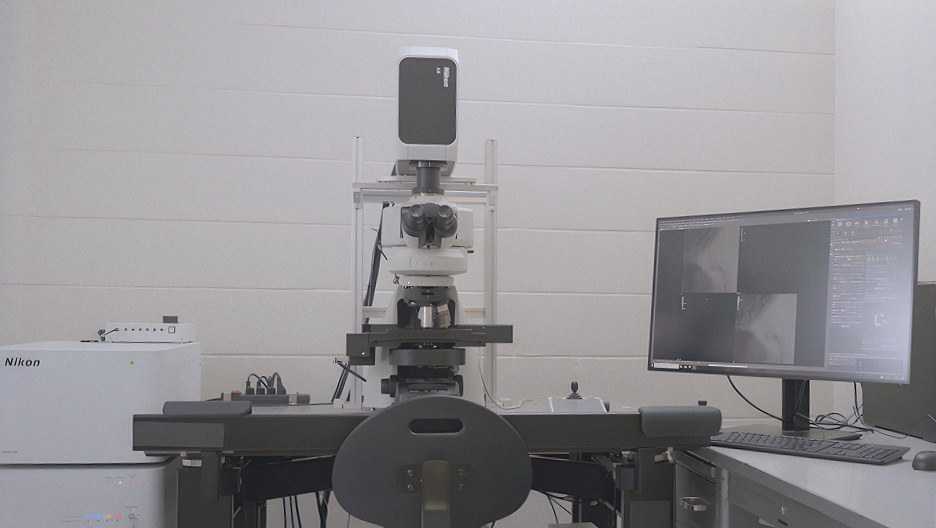
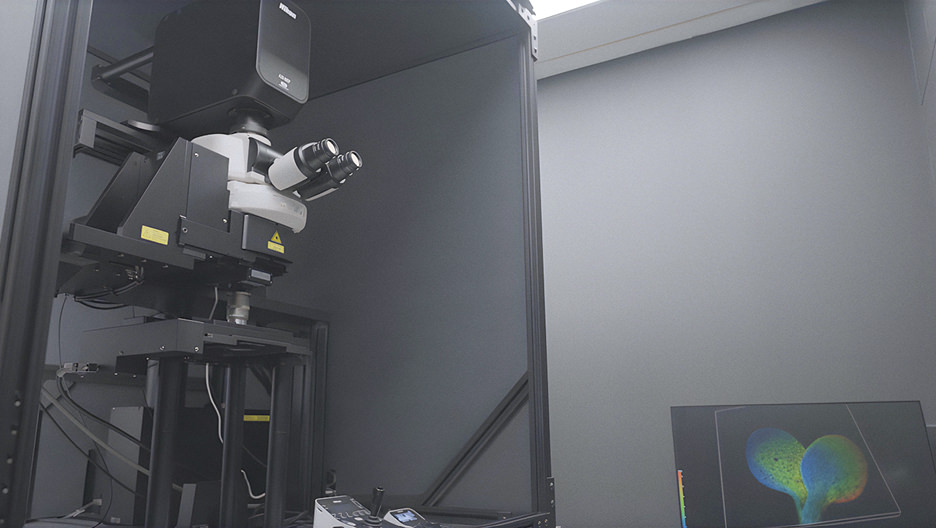
- *Photostimulation is the process of using light to influence or trigger a response in plant cells.
Growing a sustainable future
Despite significant strides, many questions remain. For example, research on how sterols are transported and how regulation works within plants is still in its infancy. “We hope to further analyze these processes and the responses of organelles, which could help improve the resilience and stress tolerance of crops,” anticipates Professor Griffing. By gaining further knowledge on these topics, he shares that “We may be able to not only develop sustainable agricultural practices but also discover ways to address human diseases related to ER stress, such as Alzheimer's and Parkinson's.” Professor Griffing concludes that “I hope to make contributions to the co-existence of plants and humans. After all, humans are reliant on plants. As we grow and nurture plants, we grow and nurture ourselves. We need to do so in a way that does not take away from plant and human well-being.”
Nikon will continue supporting plant biology researchers like Professor Griffing, to contribute to a sustainable future for both plants and humans.

